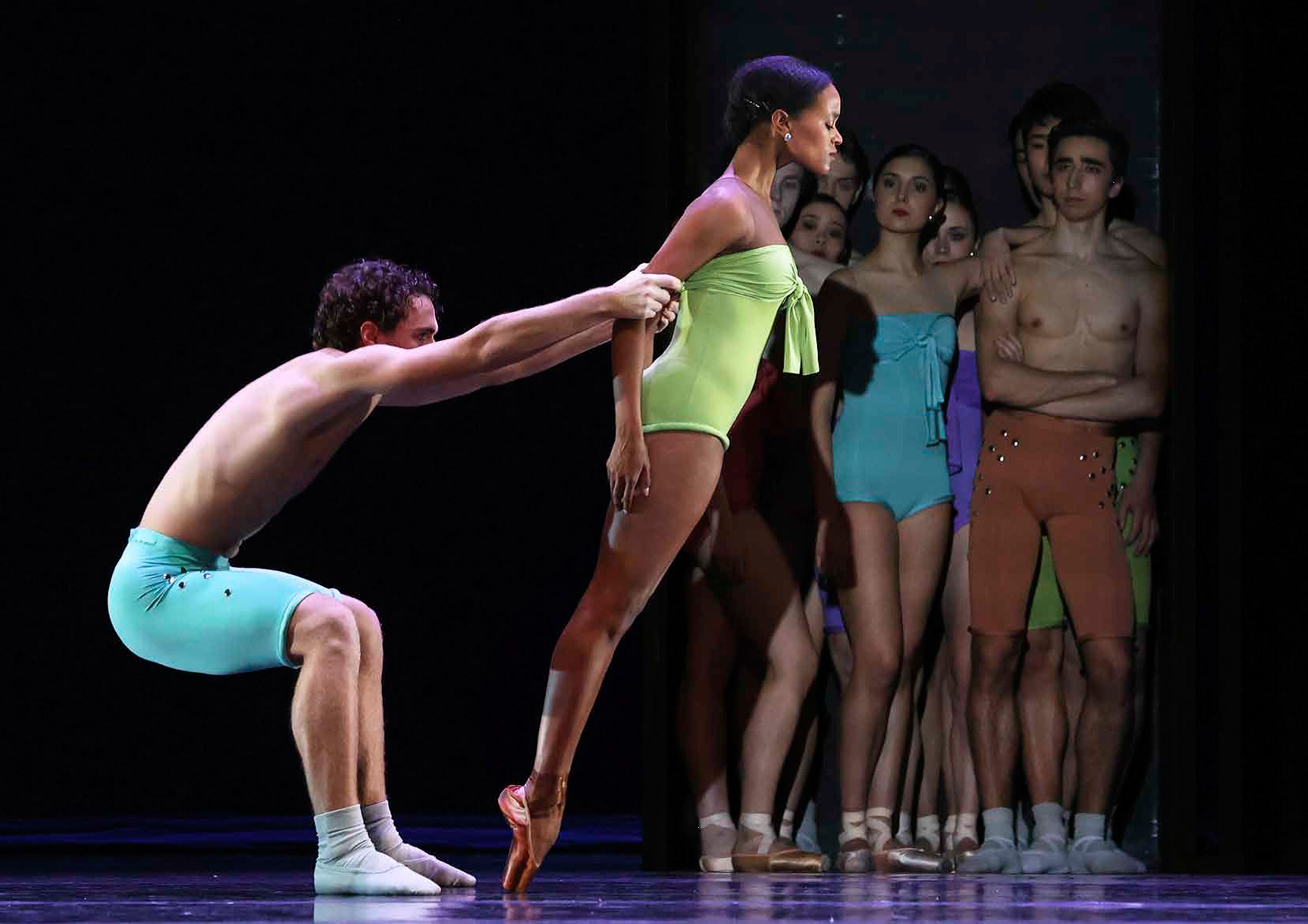
‘I want to show kids that they can do this too’
This year, the role of ambassador for Black Achievement Month (BAM) is fulfilled by Sebia (short for Metasebia) Plantefève-Castryck. The 19-year-old ballerina hopes to be a source of inspiration to her audience, both as a dancer and as a person. Sebia says, “BAM ambassador is a very special title, so it’s a great honour”.
Text: Rosalie Overing
Sebia was born in Ethiopia and was adopted by Belgian parents at the age of four. She joined a family of one brother and five sisters, four of whom took ballet classes. Sebia followed her sisters to their local dance school, where she discovered her passion and talent for ballet. When she was just ten, Sebia participated in the Youth America Grand Prix, which led to a three-year training course at the Tanz Akademie Zürich, followed by a traineeship at the European School of Ballet, in Amsterdam. She then joined the Dutch National Ballet’s Junior Company. Two years have passed since then and the young dancer was promoted to the rank of élève in the main company at the start of this ballet season.
White ballet world
This season marks not only her first year in Dutch National Ballet’s main company, but also her debut as a BAM ambassador. Sebia says, “For me, BAM is a celebration. We focus on those who receive too little attention and put talented black people who are often overlooked in the spotlight”. And this is necessary in the ballet world, which is still predominantly white. “Because it’s such a white world, black dancers don’t always come to the fore, or they’re treated differently. I’m fortunate never to have experienced that, either during my training or at Dutch National Ballet. However, I was the only black pupil at the Academy in Zurich, and at the moment I’m the only black female dancer with this company”.

Conversation
That is precisely why Sebia thinks it’s good for her to speak out at BAM. “Last year, I also had a very positive experience of BAM. Although I wasn’t an ambassador, I did get the opportunity to give an interview on the podium. It felt good to be able to show my feelings to the audience”. Yet she thinks it’s always possible to do more – not just at BAM, but throughout the rest of the year as well. Conversation is the keyword here. “I think maybe we could be asked more often about how we feel, and that we should talk to each other more in general in this building. At the moment, you sometimes get the feeling that not everyone wants to get involved in these topics, because they think it’s not their problem. You often come across this mentality in the ballet world. My greatest hope is that initiatives like BAM will eventually no longer be necessary and that we can treat each other with true equality”.
More proactive attitude
Besides conversing, inspiring is also an important goal for Sebia. “I’ve had that passion since I was very young. I want to show kids that they can do this too and to convey my love of dance to them, but also to give hope in life to those who don’t dance”. In order to achieve this, however, Sebia thinks it’s necessary to adopt a more proactive attitude. “Not everyone has the possibility or the means to go to the theatre, but I’d like to reach precisely this group of people. So I think we need to find new ways of approaching them, instead of letting them come to us. For example, through visiting schools or performing in more accessible places outside the theatre”.
Although she doesn’t need the title of BAM ambassador to be able to inspire others, Sebia does think it can help her achieve her goal. When Ted Brandsen, director of Dutch National Ballet, asked her if she’d like to take up this position, she had no hesitation in replying ‘yes’. And what’s the most important message she’d like to convey as ambassador? “That we can be seen, and that we must be accepted. We’re here to stay and we’ll keep fighting for everything. For ourselves, but also for the younger generation”.


